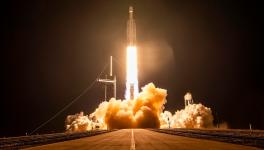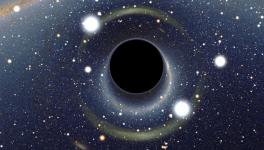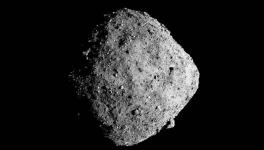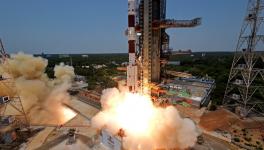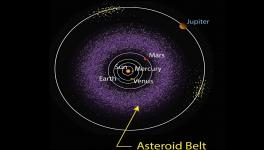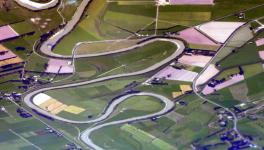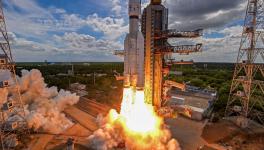James Webb Telescope Encounters a Micrometeoroid, Without Major Damage
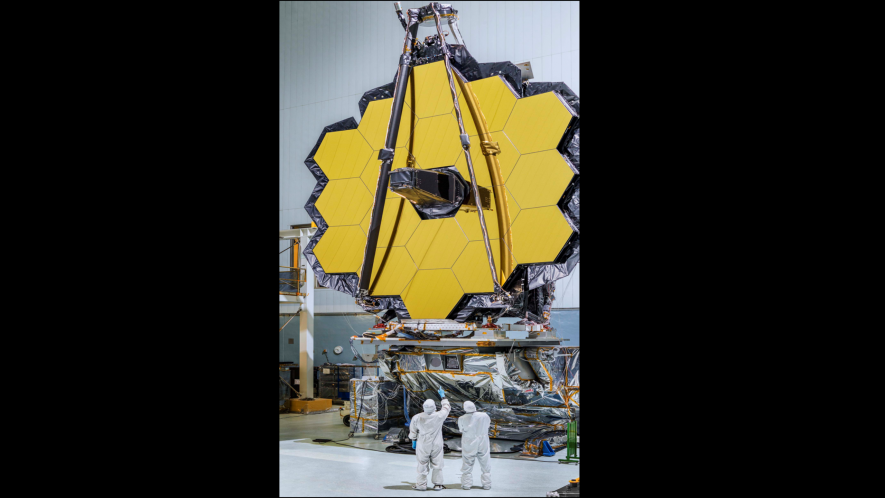
The James Webb Telescope was jointly prepared by NASA (National Aeronautics and Space Administration) and ESA (European Space Agency) with the aim of looking into the origin of the universe. The project, with an investment of 10 billion US dollars, was launched on December 25, 2021, from Europe's spaceport in French Guinea, South America. Recently, the telescope has been reported to have encountered an extraterrestrial object, a micrometeoroid.
However, this event has not sustained any long-term damage to the telescope or rendered it incapable of performing. The micrometeoroid hit directly on a mirror of the James Webb Telescope.
A NASA blog dedicated to the Webb mission stated—“Between May 23 and 25, NASA’s James Webb Space Telescope sustained an impact to one of its primary mirror segments. After initial assessments, the team found the telescope is still performing at a level that exceeds all mission requirements despite a marginally detectable effect in the data.” The 18 segments of the telescope’s mirror can be modified individually even after encounters like the recent one, according to NASA.
“By adjusting the position of the affected segment, engineers can cancel out a portion of the distortion. This minimises the effect of any impact, although not all of the degradation can be cancelled out this way. Engineers have already performed a first such adjustment for the recently affected segment C3, and additional planned mirror adjustments will continue to fine-tune this correction,"—said the NASA statement in the blog.
The exact size of the micrometeoroid has not been determined precisely yet but is thought not to be larger than a grain of sand. But, something that tiny can also cause damage to Webb's mirror. This pertains to the tremendous speed of the telescope with which it orbits the Sun and comes in contact with such particles periodically. Space hazards of this kind are already known because even if the telescope seems to be lonely in space, the space is not at all empty.
"We knew there would be tiny impacts on it. We were just surprised that one hit so soon,"—commented Heidi Hammel, who is a planetary astronomer who has long been involved with the telescope.
However, such encounters can also lead the team to acquire more knowledge about micro asteroids. Paul Geithner, a deputy project manager of the telescope at the Goddard space flight centre, also reiterated that the team is using the encounter event to learn more about micrometeoroids.
Notably, the most complex and the largest space observatory will begin six months of commissioning in space. Right after completion, the Webb telescope will send the first images. So, the Webb was just a few weeks behind sending the first images when the micrometeoroid hit its mirror.
The Webb carries four instruments, thought to be the most updated and advanced, having highly sensitive detectors for infrared signals with unprecedented resolution. The telescope is studying infrared light from celestial bodies with a clarity that has never been achieved. This critical scientific mission is a successor to NASA's Hubble telescope and Spitzer space telescopes. The Webb also aims to complement the scientific discoveries of these missions.
A primary target of the observatory is the epoch where the early pioneering stars, whose light ended the darkness, theorised to engulf the cosmos shortly after the Big Bang happened, a time of more than 13 billion years ago. The nuclear reactions in those celestial objects would have given birth to heavy atoms like carbon, nitrogen, oxygen, phosphorus and Sulphur, essential for forming lives. The other aim of the Webb of studying atmospheres of distant planets may help researchers judge if there are any such planets outside the solar system that are habitable.
Get the latest reports & analysis with people's perspective on Protests, movements & deep analytical videos, discussions of the current affairs in your Telegram app. Subscribe to NewsClick's Telegram channel & get Real-Time updates on stories, as they get published on our website.









